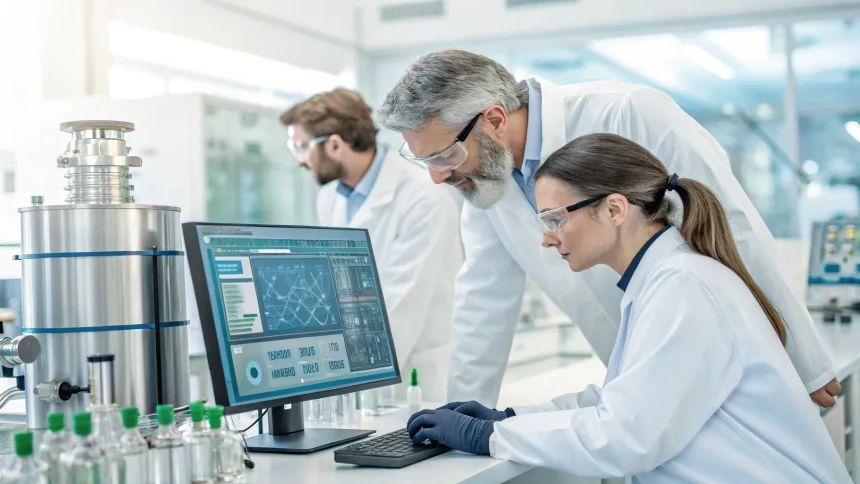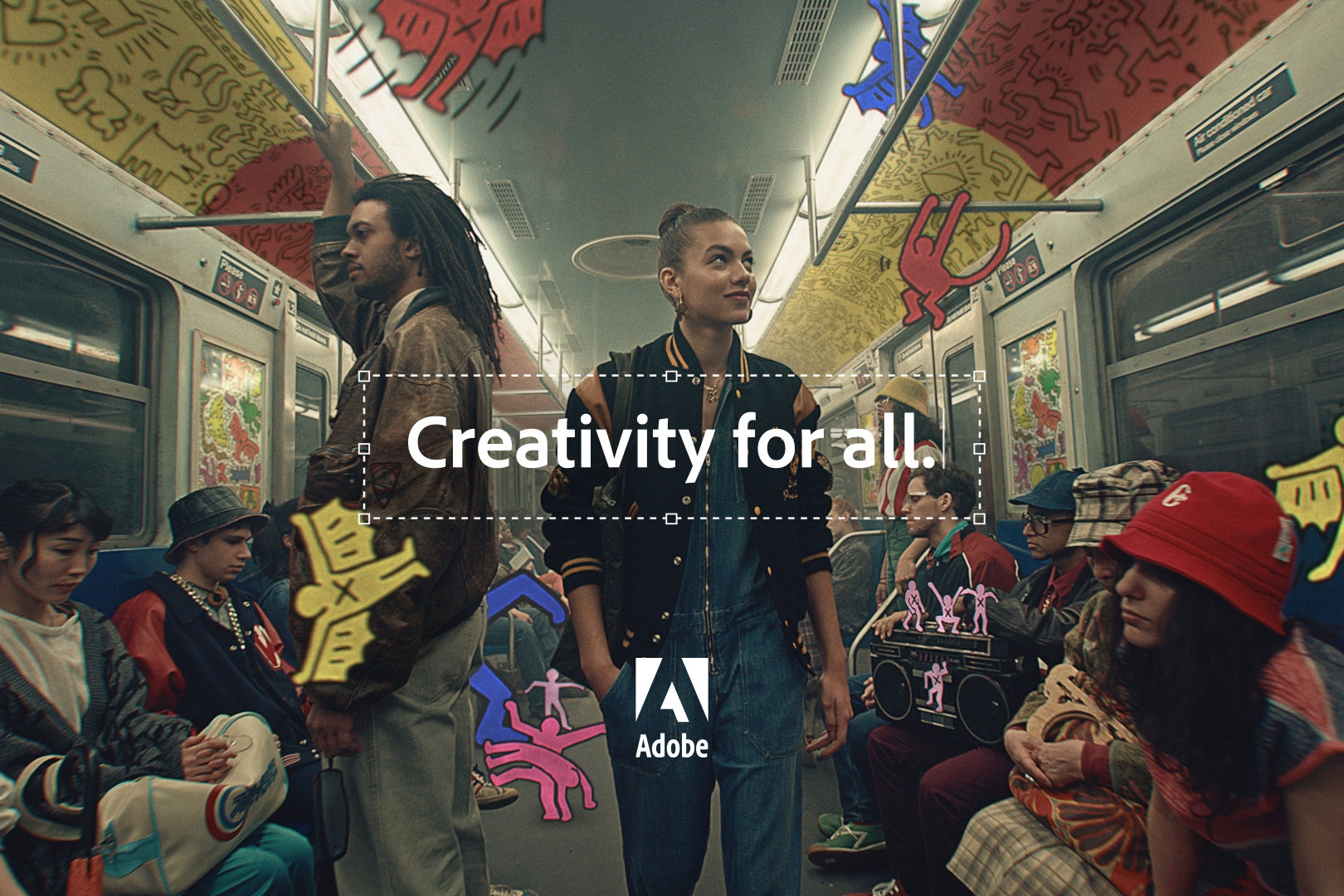Scientists have achieved a significant breakthrough in green ammonia production by using artificial intelligence to identify the optimal combination of metals for their catalyst. This advancement makes the process of creating ammonia from air and water both more efficient and considerably more accessible.
The research team employed AI technology to analyze and determine the most effective metal combinations for catalytic reactions. This data-driven approach eliminated much of the traditional trial-and-error experimentation that typically characterizes catalyst development, allowing researchers to focus on the most promising formulations.
The Importance of Green Ammonia
Ammonia serves as a critical component in fertilizer production worldwide, making it essential for global food security. However, conventional ammonia production through the Haber-Bosch process consumes approximately 1-2% of global energy and generates significant carbon emissions.
The new “green” method produces ammonia directly from nitrogen in air and water, offering a potentially carbon-neutral alternative to traditional manufacturing processes. This approach could substantially reduce the environmental impact of ammonia production, which currently accounts for a notable portion of industrial greenhouse gas emissions.
How AI Transformed the Research
The research team utilized machine learning algorithms to predict how different metal combinations would perform as catalysts. The AI system analyzed data from previous experiments and identified patterns that human researchers might have missed.
By leveraging computational power, scientists were able to:
- Test virtual combinations of metals without physical experimentation
- Identify unexpected metal pairings with high catalytic activity
- Optimize the ratio of different metals in the catalyst
This AI-guided approach dramatically accelerated the discovery process. What might have taken years of laboratory work was accomplished in a fraction of the time, demonstrating how computational methods can speed scientific discovery in chemistry and materials science.
Practical Implications
The improved catalyst makes green ammonia production more viable at commercial scales. With enhanced efficiency, the energy requirements for the process decrease, making it more competitive with conventional methods.
Additionally, the increased accessibility of the technique means that ammonia production could potentially be decentralized, allowing for smaller-scale, localized production facilities rather than massive industrial plants. This shift could reduce transportation costs and emissions associated with ammonia distribution.
The breakthrough also has implications for energy storage. Ammonia can serve as a hydrogen carrier, making it valuable for renewable energy systems. The ability to produce ammonia more efficiently could support the development of hydrogen-based energy infrastructure.
Agricultural sectors stand to benefit significantly from this advancement. More accessible ammonia production could help address fertilizer shortages in regions where traditional ammonia is expensive or difficult to obtain, potentially improving food security in developing areas.
The research demonstrates how AI tools can accelerate scientific discovery in chemistry and materials science. By rapidly identifying promising catalyst compositions, AI reduced the time and resources needed to achieve this breakthrough, pointing to a future where computational methods and laboratory experimentation work in tandem to solve complex scientific challenges.
As researchers continue to refine the catalyst and scale up production, this AI-assisted discovery may represent an important step toward more sustainable chemical manufacturing processes across multiple industries.









